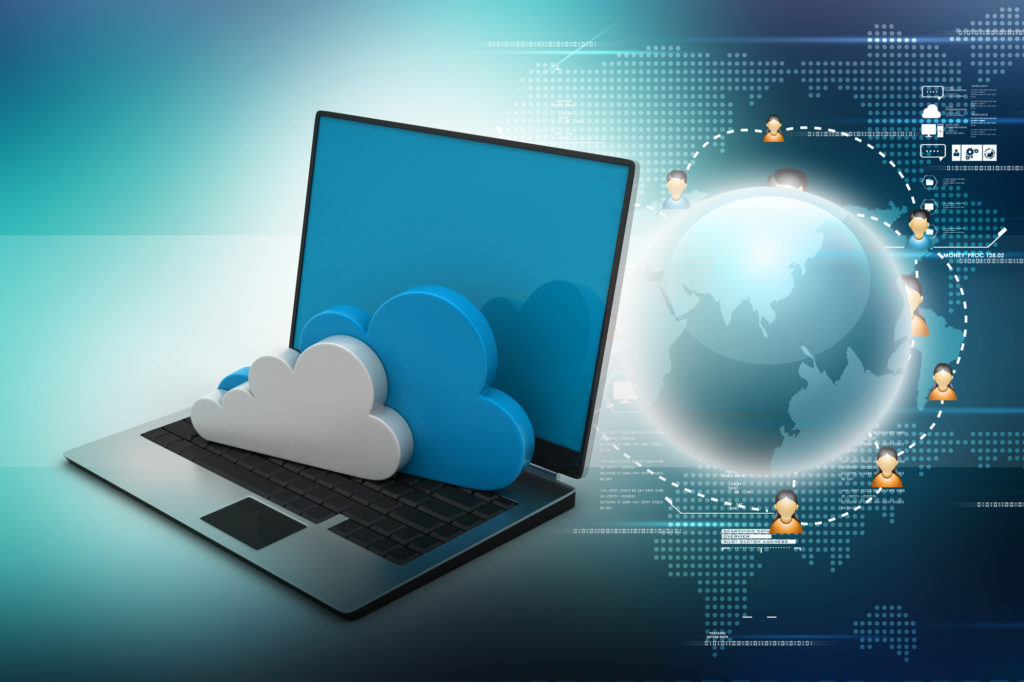 Many businesses and enterprises rely on the cloud for all of their data needs. With more people working remotely and more business being done online, it’s no surprise that cloud technologies are going to change. An emerging trend within IT is the “distributed cloud.” The concept of a distributed cloud system involves businesses being able to migrate their data into different cloud locations at will.
Many businesses and enterprises rely on the cloud for all of their data needs. With more people working remotely and more business being done online, it’s no surprise that cloud technologies are going to change. An emerging trend within IT is the “distributed cloud.” The concept of a distributed cloud system involves businesses being able to migrate their data into different cloud locations at will.
What Is a Distributed Cloud?
Companies rely on traditional data centers and individual clouds for all of their business requirements. As businesses evolve, naturally, cloud computing tech needs to adjust to keep up with the demand of these changes. Making these adjustments allows enterprises to earn a digital edge over their competitors, driving business growth and keeping IT costs down. Artificial intelligence (AI), machine learning, and the Internet of Things (IoT) are the main drivers behind this change of moving data to the cloud.
Despite the various locations, the public cloud service is still responsible for governance, operation, and maintenance of their data and applications. Because businesses handle such large amounts of data daily, using a distributed cloud model is meant to make data processing more efficient and flexible.
Keep in mind that any data migration requires extra security measures to prevent cybersecurity threats. The last thing you want for your business is for your data to be compromised and impact normal operations.
One of the most significant changes in cloud tech and the integration of the distributed cloud is that location plays more of a substantial role. In the current IT infrastructure, a hybrid cloud is a mix of public and private clouds and on-site data centers.
As for the distributed cloud, here are some of the places where the cloud could be distributed across:
- On-premises public
- Metro community
- 5G mobile edge
- IoT edge
- Network edge
With all-new innovative technologies, there are both benefits and drawbacks. For example, businesses evolve and sometimes rely on the cloud for more than just their core competencies, which is different from the traditional uses. By identifying them, businesses and enterprises can make better-educated decisions about their cloud migration and handle the data that provide them insights.
Benefits of Using Distributed Cloud Technology
Some of the benefits businesses can reap by using a distributed cloud model for their infrastructure include:
- Providing faster and more reliable responses
- Obtaining enhanced security
- Being more resilient to common system failures
- Scaling to accommodate needs is simple
- Having more flexibility with requests
When organizations are aware of the benefits of the distributed cloud, they can gather more accurate outcomes with their data. We’re more connected now than we’ve ever been, and businesses should take advantage of this opportunity.
We all know how imperative it is to adapt in business. Choosing to adopt new technologies in IT will improve overall business performance and enhance communication between departments and office locations.
Impact on Cloud Computing
You may be wondering, “What does this mean for cloud computing?” It’s becoming increasingly likely that distributed computing will only grow and take over computing processes.
The distributed cloud contains data across multiple locations, and the purpose of distributed computing is to solve a problem using autonomous computers. When these computers work together to solve the one issue, businesses can arrive at solutions much quicker than with traditional computing frameworks. The interconnectedness of distributed computing is especially attractive for IT departments.
The Future of the Distributed Cloud
It’s impossible to predict just how influential the distributed cloud will be. Still, it’s more than likely that many IT professionals will want this new technology integrated into their processes. Small businesses will be winners if they keep up with this change in technology.


